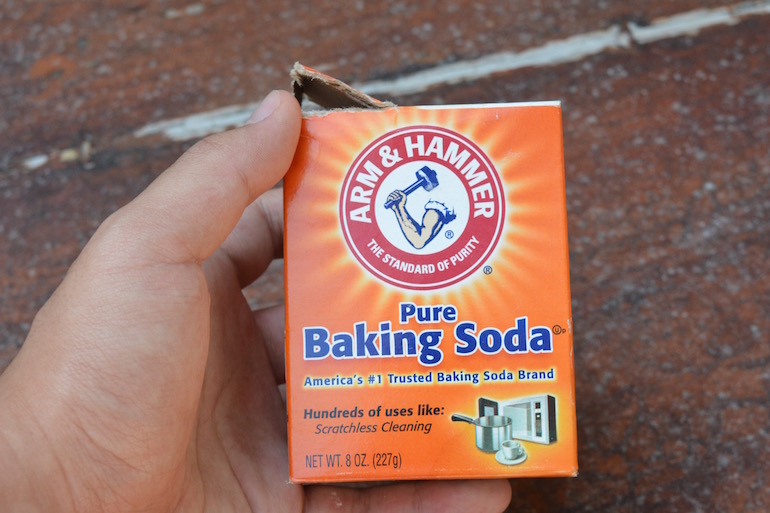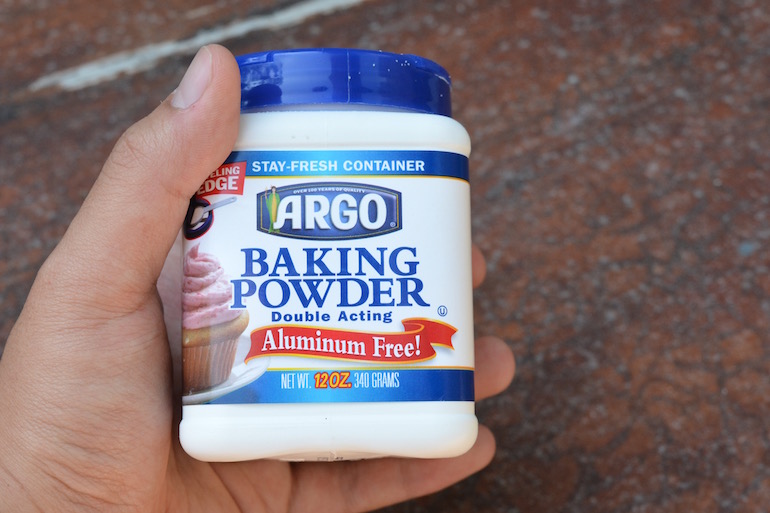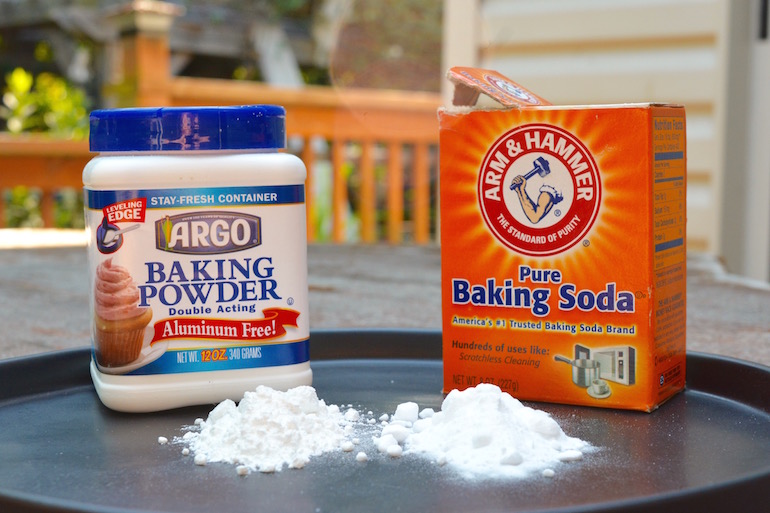Picture this: you’re starting to make your grandma’s famous buttery shortbread cookies, and the recipe calls for baking powder. You don’t have any on hand, but hey, baking soda sounds close enough, so you decide to throw it in. After shaping the dough into balls, you put them in the oven and anxiously await the smell and taste of freshly baked goodness. Except, the final result isn’t beautiful at all. In fact, you end up with flat, dense discs that are neither edible nor pretty. What happened here?
One of the most common mistakes that occur in the kitchen is confusing (or incorrectly substituting) baking soda for baking powder, or vice versa. While they’re composed of some of the same ingredients, each are required in different contexts. Luckily for you, we’re here to explain the difference, which ultimately boils down to one thing: acid.
Baking soda

Photo by Jedd Marrero
Baking soda is actually called sodium bicarbonate, and it reacts with the acidic ingredients in a batter or mix in order to produce bubbles and allow baked goods to rise. That means that, if your recipe already has something acidic – think lemon juice, brown sugar, or even some buttermilk – you should be adding baking soda. The reaction of baking soda and acid in your batter causes the production of carbon dioxide, which allows the food to leaven in the oven.
Baking powder

Photo by Jedd Marrero
Baking powder, on the other hand, has an acidic powder already in the mix, as well as sodium bicarbonate. This means that you add baking powder when there isn’t anything initially acidic in the mix. Once the powder is moistened from touching the batter, the carbon dioxide reaction is triggered and your food is allowed to rise. Some double-acting baking powders have two chances for your batter to produce bubbles: when moistened, and when heated up in the oven.
So why does it matter?

Photo by Jedd Marrero
By now, you should be able to guess why mistaking one for another in a recipe can be problematic, but if not, don’t worry. Adding baking soda to a non-acidic batter means that your baked good won’t rise, since no carbon dioxide will form. On the other hand, adding baking powder instead of baking soda isn’t as bad of a mistake – just make sure to add three times the amount of baking soda that it asks for.


